Filter by

Religion and the COVID-19 Pandemic in Southern Africa
This book investigates the role of religion in the context of the COVID-19 pandemic in Southern Africa.Building on a diverse range of methodologies and disciplinary approaches, the book reflects on how religion, politics and health have interfaced in Southern African contexts, when faced with the sudden public health emergency caused by the pandemic. Religious actors have played a key role on t…
- Edition
- 1
- ISBN/ISSN
- 9781000542080
- Collation
- -
- Series Title
- -
- Call Number
- 291.17
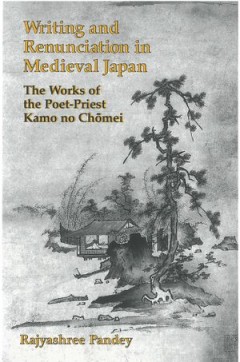
Writing and Renunciation in Medieval Japan: The Works of the Poet-Priest Kamo…
This is the first monograph-length study in English of Kamo no Chomei, one of the most important literary figures of medieval Japan. Drawing upon a wide range of writings in a variety of genres from the Heian and Kamakura periods, Pandey focuses on the terms kyogen kigo (wild words and fancy phrases), shoji soku nehan (samsara is nirvana), hoben (expedient means), and suki (single-minded devoti…
- Edition
- -
- ISBN/ISSN
- 9780472901890
- Collation
- -
- Series Title
- -
- Call Number
- 909.81 PAN w

Tales of Times Now Past: Sixty-Two Stories from a Medieval Japanese Collection
Tales of Times Now Past is a translation of 62 outstanding tales freshly selected from Konjaku monogatari shu, a Japanese anthology dating from the early twelfth century. The original work, unique in world literature, contains more than one thousand systematically arranged tales from India, China, and Japan. It is the most important example of a genre of collections of brief tales which, becaus…
- Edition
- -
- ISBN/ISSN
- 9780472902118
- Collation
- -
- Series Title
- -
- Call Number
- 909.81 URY t

Two Studies on Ming History
In the first study of Two Studies on Ming History , Charles O. Hucker presents an account of a military campaign that provides insight into the nature of civil officials' authority, decision-making, and relationship with the Ming court. In the spring and summer of 1556, a Chinese renegade named Hsü Hai led an invading group of Japanese and Chinese soldiers on a plundering foray through the nor…
- Edition
- -
- ISBN/ISSN
- 9780472901524
- Collation
- -
- Series Title
- -
- Call Number
- 951 HUC t
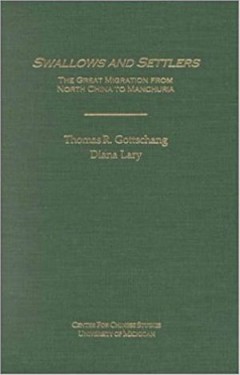
Swallows and Settlers: The Great Migration from North China to Manchuria
Between the 1890s and the Second World War, twenty-five million people traveled from the densely populated North China provinces of Shandong and Hebei to seek employment in the growing economy of China's three northeastern provinces, the area known as Manchuria. This was the greatest population movement in modern Chinese history and ranks among the largest migrations in the world. Swallows a…
- Edition
- -
- ISBN/ISSN
- 9780472901753
- Collation
- -
- Series Title
- -
- Call Number
- 951 GOT s
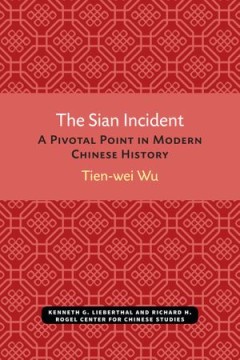
The Sian Incident: A Pivotal Point in Modern Chinese History
When Chiang Kai-shek arrived at Sian in the fall of 1936 and laid plans for launching his last campaign against the Red Army with an expectation of exterminating it in a month, he badly misjudged the mood of the Tungpei (Northeast) Army and more so its leader, Chang Hsueh-liang, better known as the Young Marshal. Refusing to fight the Communists, Chang with the loyal support of his officers sta…
- Edition
- -
- ISBN/ISSN
- 9780472902149
- Collation
- -
- Series Title
- -
- Call Number
- 951 WUT s
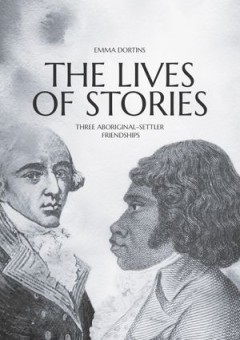
The Lives of Stories: Three Aboriginal-Settler Friendships
The Lives of Stories traces three stories of Aboriginal–settler friendships that intersect with the ways in which Australians remember founding national stories, build narratives for cultural revival, and work on reconciliation and self-determination. These three stories, which are still being told with creativity and commitment by storytellers today, are the story of James Morrill’s adopti…
- Edition
- -
- ISBN/ISSN
- 9781760462406
- Collation
- -
- Series Title
- -
- Call Number
- 994 DOR l
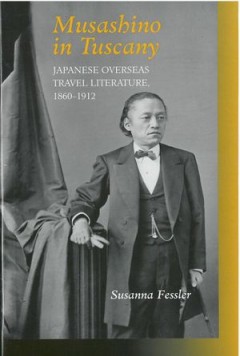
Musashino in Tuscany: Japanese Overseas Travel Literature, 1860–1912
By the late Meiji period Japanese were venturing abroad in great numbers, and some of those who traveled kept diaries and wrote formal travelogues. These travelogues reflected a changing view of the West and changing artistic sensibilities in the long-standing Japanese literary tradition of travel writing (kikoobungaku). This book shows that overseas Meiji-period travel writers struck out to cr…
- Edition
- -
- ISBN/ISSN
- 9780472901975
- Collation
- -
- Series Title
- -
- Call Number
- 895.6 FES m
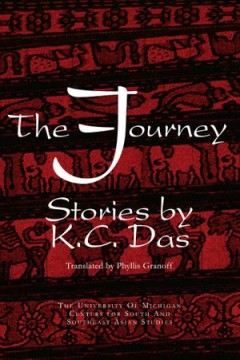
The Journey: Stories by K. C. Das
K. C. Das is deservedly one of the most celebrated writers in India today. He writes primarily in Oriya, the language of his native state of Orissa, where he was born in 1924. A civil servant by profession, Das pursued a second career as a writer of stories, poems, and essays. The stories in this collection take place in an urban setting. The characters are mainly middle class, making them m…
- Edition
- -
- ISBN/ISSN
- 9780472902316
- Collation
- -
- Series Title
- -
- Call Number
- 808.84 DAS j
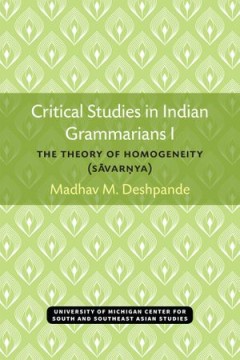
Critical Studies in Indian Grammarians I : The Theory of Homogeneity (Savar?ya)
In the historical study of the Indian grammarian tradition, a line of demarcation can often be drawn between the conformity of a system with the well-known grammar of Pa?ini and the explanatory effectiveness of that system. One element of Pa?ini’s grammar that scholars have sometimes struggled to bring across this line of demarcation is the theory of homogeneity, or sāvarṇya, which concern…
- Edition
- -
- ISBN/ISSN
- 9780472901708
- Collation
- 236 halaman
- Series Title
- -
- Call Number
- 305 DES c
 Computer Science, Information & General Works
Computer Science, Information & General Works  Philosophy & Psychology
Philosophy & Psychology  Religion
Religion  Social Sciences
Social Sciences  Language
Language  Pure Science
Pure Science  Applied Sciences
Applied Sciences  Art & Recreation
Art & Recreation  Literature
Literature  History & Geography
History & Geography